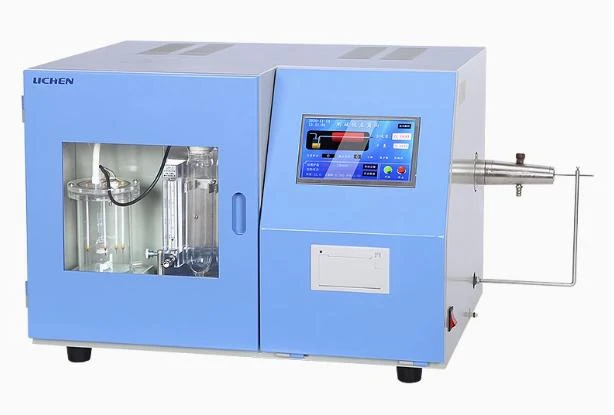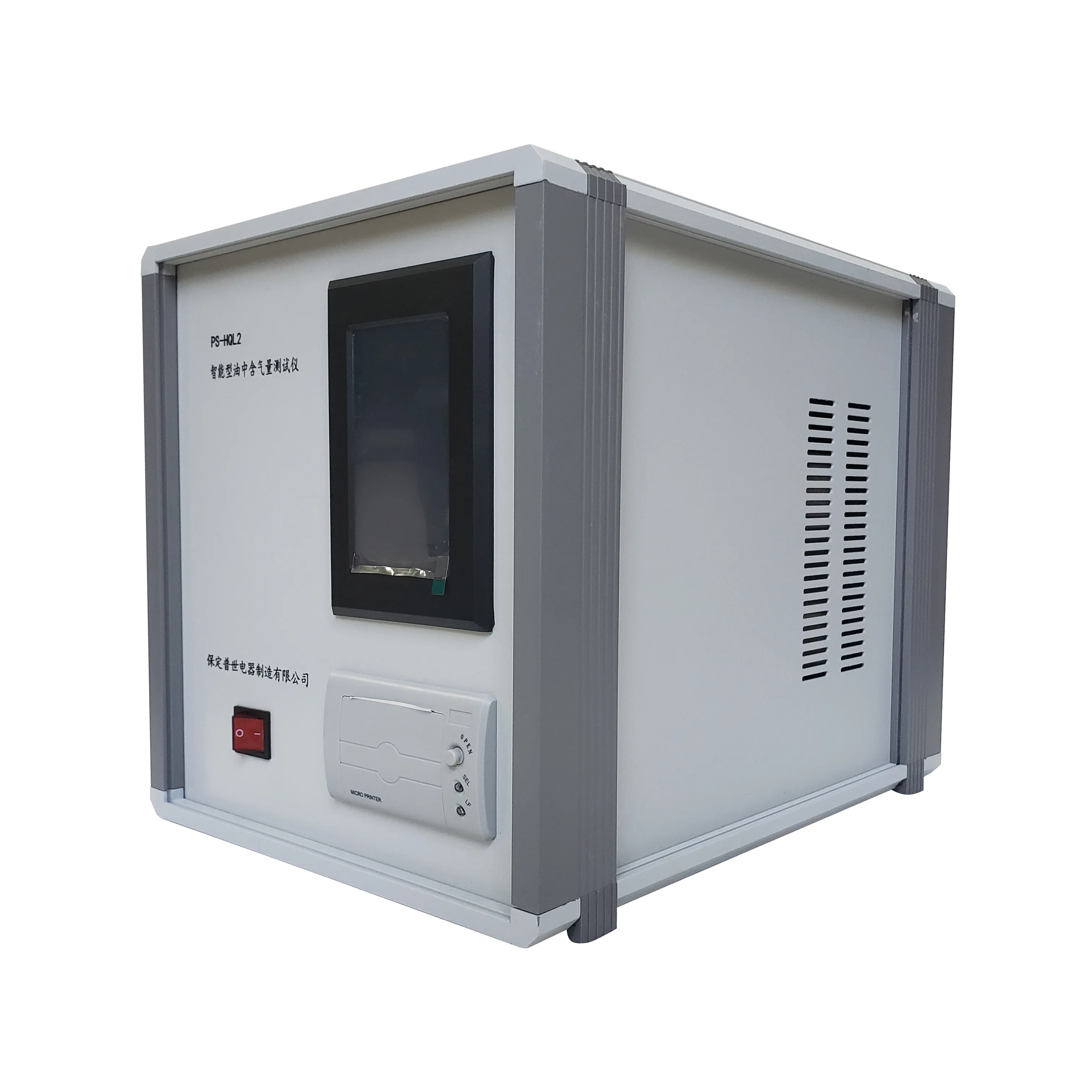 English
English



-
 Afrikaans
Afrikaans -
 Albanian
Albanian -
 Amharic
Amharic -
 Arabic
Arabic -
 Armenian
Armenian -
 Azerbaijani
Azerbaijani -
 Basque
Basque -
 Belarusian
Belarusian -
 Bengali
Bengali -
 Bosnian
Bosnian -
 Bulgarian
Bulgarian -
 Catalan
Catalan -
 Cebuano
Cebuano -
 China
China -
 China (Taiwan)
China (Taiwan) -
 Corsican
Corsican -
 Croatian
Croatian -
 Czech
Czech -
 Danish
Danish -
 Dutch
Dutch -
 English
English -
 Esperanto
Esperanto -
 Estonian
Estonian -
 Finnish
Finnish -
 French
French -
 Frisian
Frisian -
 Galician
Galician -
 Georgian
Georgian -
 German
German -
 Greek
Greek -
 Gujarati
Gujarati -
 Haitian Creole
Haitian Creole -
 hausa
hausa -
 hawaiian
hawaiian -
 Hebrew
Hebrew -
 Hindi
Hindi -
 Miao
Miao -
 Hungarian
Hungarian -
 Icelandic
Icelandic -
 igbo
igbo -
 Indonesian
Indonesian -
 irish
irish -
 Italian
Italian -
 Japanese
Japanese -
 Javanese
Javanese -
 Kannada
Kannada -
 kazakh
kazakh -
 Khmer
Khmer -
 Rwandese
Rwandese -
 Korean
Korean -
 Kurdish
Kurdish -
 Kyrgyz
Kyrgyz -
 Lao
Lao -
 Latin
Latin -
 Latvian
Latvian -
 Lithuanian
Lithuanian -
 Luxembourgish
Luxembourgish -
 Macedonian
Macedonian -
 Malgashi
Malgashi -
 Malay
Malay -
 Malayalam
Malayalam -
 Maltese
Maltese -
 Maori
Maori -
 Marathi
Marathi -
 Mongolian
Mongolian -
 Myanmar
Myanmar -
 Nepali
Nepali -
 Norwegian
Norwegian -
 Norwegian
Norwegian -
 Occitan
Occitan -
 Pashto
Pashto -
 Persian
Persian -
 Polish
Polish -
 Portuguese
Portuguese -
 Punjabi
Punjabi -
 Romanian
Romanian -
 Russian
Russian -
 Samoan
Samoan -
 Scottish Gaelic
Scottish Gaelic -
 Serbian
Serbian -
 Sesotho
Sesotho -
 Shona
Shona -
 Sindhi
Sindhi -
 Sinhala
Sinhala -
 Slovak
Slovak -
 Slovenian
Slovenian -
 Somali
Somali -
 Spanish
Spanish -
 Sundanese
Sundanese -
 Swahili
Swahili -
 Swedish
Swedish -
 Tagalog
Tagalog -
 Tajik
Tajik -
 Tamil
Tamil -
 Tatar
Tatar -
 Telugu
Telugu -
 Thai
Thai -
 Turkish
Turkish -
 Turkmen
Turkmen -
 Ukrainian
Ukrainian -
 Urdu
Urdu -
 Uighur
Uighur -
 Uzbek
Uzbek -
 Vietnamese
Vietnamese -
 Welsh
Welsh -
 Bantu
Bantu -
 Yiddish
Yiddish -
 Yoruba
Yoruba -
 Zulu
Zulu
Potential Transformer Test Solutions – Accurate Insulation Resistance & Ratio Testing
- Introduction to Potential Transformer Test and its Importance
- Understanding the Methodology and Safety Concerns for Testing
- Detailed Breakdown: Insulation Resistance Test of Potential Transformer
- Critical Insights into the Ratio Test of Potential Transformer
- Comparative Analysis: Manufacturer Capabilities and Market Data
- Custom Solutions and Industry-Specific Testing Approaches
- Conclusion: Driving Reliability through Advanced Potential Transformer Testing

(potential transformer test)
Comprehensive Overview of Potential Transformer Test Procedures
Potential transformer test is fundamental for maintaining the operational reliability and accuracy of electrical power systems. The testing process ensures transformers operate within defined performance parameters, which is crucial given their widespread use in power measurement and protection circuits. A failure to execute standardized testing can lead to catastrophic outages, significant equipment damage, and severe safety hazards. According to a 2023 industry report, up to 43% of transformer failures are attributed to undetected insulation and ratio defects during manufacturing or on-field operation. Therefore, the integrity of potential transformer test
methodologies directly influences power grid stability and long-term asset performance.
Methodology and Safety Aspects in Testing
Accurate results from potential transformer tests depend greatly on strict adherence to standardized methodologies. Preparatory steps involve isolating the transformer, discharging residual charges, and securing connections to prevent electrical shock risks. Industry protocols such as IEEE C57.13 and IEC 61869-3 define both the order and conditions under which potential transformer assessments must be executed. Maintenance records from North American utilities reveal that transformers regularly validated through systematic test cycles exhibit a 60% longer mean time between failures. Operators must leverage double-insulated tools, functional ground connections, and real-time voltage/current monitors throughout the testing session to minimize any potential hazards.
Insulation Resistance Test of Potential Transformer: Process and Interpretation
The insulation resistance test of potential transformer focuses on detecting weaknesses or degradation in the dielectric barrier separating winding turns and core laminations. The procedure employs a megohmmeter, typically set between 500V and 1000V DC, to assess the resistance between high voltage, low voltage, and ground terminals. Values under 100 MΩ for medium-voltage equipment often indicate deteriorating insulation, necessitating further investigation or replacement. It is recommended that readings over time be trended rather than relied upon from a single test; in benchmarking studies, transformers that fail to meet a 90% insulation retention rate after five years are three times more likely to experience operational faults. Data logging and automated report generation facilitate predictive maintenance and aid compliance with global standards.
Ratio Test of Potential Transformer: Accuracy and Calibration
The ratio test of potential transformer is a cornerstone in ensuring accurate output voltage scaling, which directly affects protection relays and metering accuracy. This test involves applying a precise reference voltage to the primary winding and measuring the resulting secondary output. Modern digital test sets automate comparison against nameplate ratings, quickly flagging deviations exceeding the 0.2% accuracy threshold set by critical energy industries. In field surveys, facilities implementing annual ratio testing experience a 27% higher accuracy in metering, reducing grid settlement disputes by multimillion-dollar figures annually. Calibration processes must also account for tap changer positions and temperature effects, with all results strictly documented under quality assurance frameworks.
Comparative Analysis: Manufacturer Capabilities and Test Bench Data
Selecting robust potential transformer test equipment is central to achieving repeatable and precise verification. The table below compares leading manufacturers based on test range, automation capacity, calibration precision, and average market reliability scores. Industry benchmarks highlight advancements in integrated testing modules, data management, and regulatory compliance.
| Manufacturer | Maximum Test Voltage | Ratio Test Precision | Automation Level | Market Reliability Score (1-10) | Standard Compliance |
|---|---|---|---|---|---|
| Omicron | 1600V | ±0.05% | Full (Lab/Field) | 9.2 | IEEE, IEC |
| Megger | 1000V | ±0.10% | Semi-automatic | 8.8 | IEEE, IEC |
| ISA | 1200V | ±0.07% | Full | 8.6 | IEEE, IEC |
| Programma | 800V | ±0.15% | Manual | 8.1 | IEC |
Custom Potential Transformer Test Plans and Industry Adaptations
As electrical grids evolve, tailored testing solutions are indispensable for maintaining fleet-wide compliance and reliability. Utilities operating in high-humidity regions, for instance, deploy continuous insulation condition monitoring, whereas industrial complexes may adopt wireless ratio testing technology for real-time diagnostics. Customized services often integrate cloud-based data analytics to manage asset maintenance across distributed installations. A 2021 case analysis revealed that integrating machine learning with periodic test data reduced predictive maintenance costs by up to 22%. Furthermore, T&D grid operators have achieved up to 18% faster commissioning by employing modular potential transformer test units configured to site-specific voltage and frequency parameters. This flexibility not only streamlines regulatory inspections but enhances transformer lifecycle management.
Final Thoughts on Potential Transformer Test Deployment and Operational Impact
In summation, potential transformer test protocols form the backbone of modern asset reliability strategies within power generation, transmission, and distribution domains. Meticulous implementation of insulation resistance test of potential transformer procedures, alongside rigorous ratio verification, substantially decreases risk and supports uninterrupted energy supply. Companies reaping the advantages of advanced testing technologies—evidenced by statistical analysis and manufacturer benchmarks—are demonstrably outperforming peers on safety, cost control, and regulatory adherence. As digitalization continues to shape the future of electrical infrastructure, scaling up precision testing remains a critical enabler for proactive maintenance and sustained operational excellence.

(potential transformer test)
FAQS on potential transformer test
Q: What is a potential transformer test?
A: A potential transformer test is a series of assessments to check the performance and accuracy of a potential transformer (PT). These tests verify the PT's capability to correctly step down voltage levels for measurement and protection.
Q: What is the insulation resistance test of a potential transformer?
A: The insulation resistance test of a potential transformer measures the resistance between the windings and the ground to ensure proper insulation. High resistance values indicate good insulation health and prevent leakage currents.
Q: How is the ratio test of a potential transformer performed?
A: The ratio test compares the input (primary) and output (secondary) voltages of a potential transformer under test conditions. The measured ratio should closely match the PT's specified ratio for accurate voltage transformation.
Q: Why is the insulation resistance test important for potential transformers?
A: Insulation resistance testing helps detect deterioration or faults in the transformer insulation, which can prevent dangerous short circuits or transformer failure. Regular testing enhances the reliability of the PT in electrical systems.
Q: What equipment is needed for a potential transformer test?
A: Equipment typically required includes an insulation resistance tester, a voltmeter for ratio testing, and sometimes a high-voltage source for advanced tests. These tools ensure the PT operates within specified parameters.
-
Exploring the Main Types of Industrial Endoscopes and Their Applications Across IndustriesNewsJul.04,2025
-
Testing Equipment Industry Sees Major Advancements in 2025: Smart & Precision Technologies Lead the WayNewsJun.06,2025
-
Applications of Direct Current Generators in Renewable Energy SystemsNewsJun.05,2025
-
Hipot Tester Calibration and Accuracy GuidelinesNewsJun.05,2025
-
Digital Circuit Breaker Analyzer Features and BenefitsNewsJun.05,2025
-
Benefits of Real-Time Power Quality Monitoring Devices for Industrial EfficiencyNewsJun.05,2025



